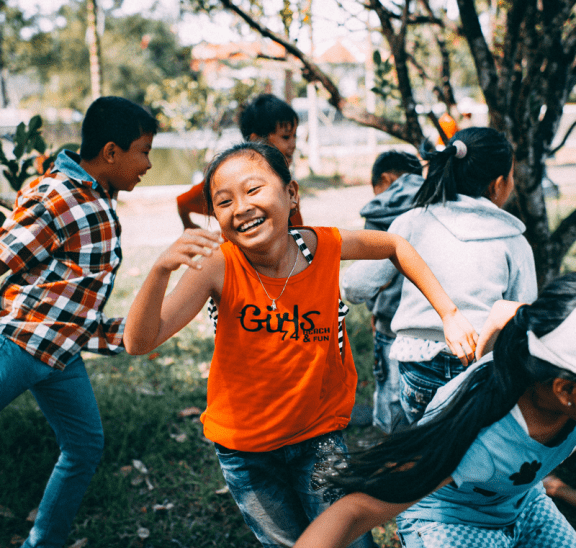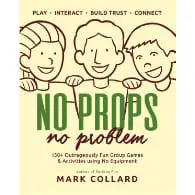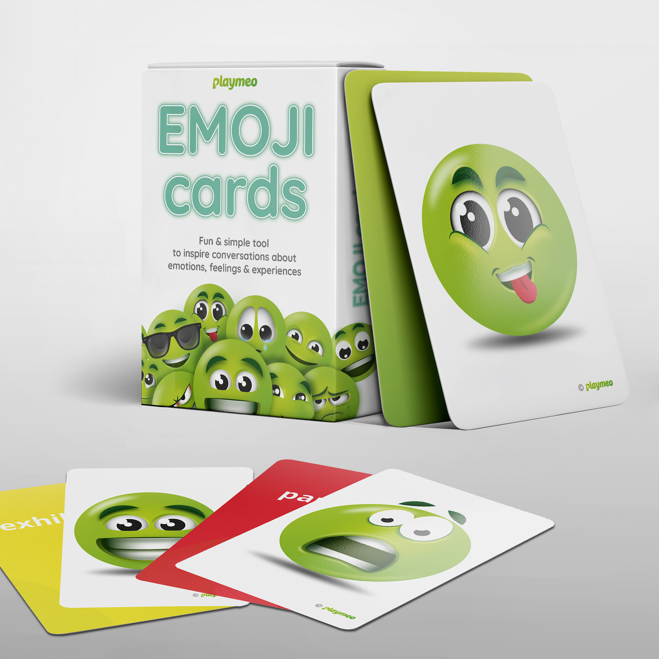20+ Fun & Engaging Ways to Form Random Pairs
So you’ve asked your group to pick a partner so that you can form smaller teams and… they immediately make a beeline to their best…

At first glance, the words childlike and childish may look like they are saying the same thing.
But they are not. Such is the power of language.
Although some people use these terms interchangeably, this article aims to distinguish them and argue why you should pursue one over the other in your programming.
One of the most potent criticisms of using group games & activities to help people connect over the years has been that “playing games is just childish.” While they admit that the games may be fun, naysayers often argue that this (unique) approach to education is frivolous, non-productive and a complete waste of time.
Hmmm, thank you for sharing, but not necessary. Let me explain.
But first, let’s clarify the difference between childish and childlike.
Childlike is imbued with wonder. It is the ability to see the world with fresh eyes and create magic. With few boundaries, children do this all the time and do it well.
On the other hand, childish is living or playing as if there are no consequences.
That is to say, childish is a term used to describe a behaviour unaware of the consequences of one’s action, much like many young children who are yet to understand the impact of their behaviours on the relationships of those around them. I know some adults who still behave like this, so yes, even in their 20s and 30s, they are being childish.
So, when the context and content of my programs are described as ‘childish’, a furrow will understandably deepen in my brow.
The magic of play is that it invites participants to be fully self-expressed and experience a full range of emotions, including joy and wonder and awe. There is no win/lose, time disappears and there is a strong desire for the experience to continue as long as possible.
When people truly enter into a space of play (remember, play is not a game – it is a state of mind,) they are allowed to look at themselves and one another in a different light. People discover new things about themselves and others that were impossible beforehand because they allowed themselves to try. Self-perceived limits disappear, and new possibilities open up when they are willing to try something that at first glance, they would have said no to.
In contrast, when childish behaviours surface, most people will want to withdraw to their safe place because they do not want to be subject to the consequences of the actions of another. Limiting one’s participation within one’s Comfort Zone is simpler and easier, which is just another way of saying the opportunity for learning, growth or development is snuffed out.
I don’t know about you, but this is not what I want for my groups.
As discussed in my book Serious Fun, all learning occurs within one’s Stretch Zone. Accordingly, all interactions that prevent a group from safely stepping outside one’s Comfort Zone into their Stretch Zone must be limited as much as possible.
I actively encourage and inspire my groups to demonstrate childlike feelings, thoughts and behaviours (and in that order.)
Equally, I am working extra hard to look for childish feelings, thoughts and behaviours because these will surely limit my group’s performance and success (no matter how we measure it.)
I fervently believe that my groups and my programs are more successful when they seek to be childlike (and certainly not childish.)
When my participants willingly enter a space of play, I know that transformation is possible because they are curious and open to new ideas and outcomes. When people can fully embrace what is possible, and wonder what their future could look like and act as if it were here, a whole new world opens up.
Isn’t this what you want for your groups?
If so, introduce a little more childlike into your programs.
It starts with play.
And, when carefully sequenced and well facilitated, powerful and rewarding outcomes are entirely possible – without being childish.

Best-selling book featuring 150+ fun group games & activities. Scan QR codes to access digital content including videos.

Brand new deck of cards featuring emoji images to help you inspire conversations about emotions, feelings & experiences.
Download our free 28-page ebook jam-packed with outrageously fun activity ideas.
Just one more question:
Share this with friends and colleagues.
We offer a range of membership plans with no surprises.
Click an option below & discover our simple pricing.

Click here if you’re a:

Click here if you represent a:
Explore plans for
10, 50, 200 or more
potential users
Mark!
What a great differentiation between the two. It is also of tremendous value that challenging the activity by participants can be used as grist for the mill. It goes back to the activity provoking the behavior that can then be an opportunity for learning. Trying to convince participants that the activities are neither childlike or childish is not the point. Engaging in the conversation about the thoughts and feelings the activity provokes is where the value is, and where growth can occur. I do find that most adults when given the opportunity embrace the childlike quality of some of our activities. It gives them permission to experience the power of play again. Perhaps something they have misplaced or forgotten along the way.
Richard
Indeed, Richard, thanks for adding your thoughts.